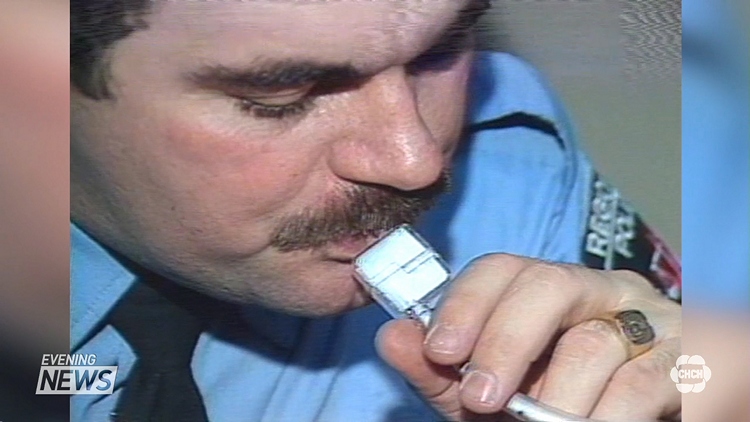
LATEST STORIES:


Canada’s cannabis legislation received royal assent by the senate last month, and the drug is expected to be legal for recreational use this fall.
That legislation also comes with stricter rules about driving under the influence of drugs police don’t have to wait for the laws to change before catching drug-impaired drivers.
Ontario Police forces have been using breathalyzer tests for decades to keep drunk drivers off the roads, and today, most adults know they can’t have more than a drink or two or they risk blowing over 80, and breaking the law. That is, they have 80 milligrams of alcohol or more in 100 millilitres of their blood.
But how does an officer know if a driver is impaired by drugs like marijuana?
Halton Region Sergeant Ryan Snow says police have been enforcing drug impaired driving rules for years.
Police use standard field sobriety tests on the side of the road to find out if a driver can do physical and mental tasks at the same time, like standing on one leg and counting or walking heel to toe in a straight line, then turning.
Even more telling is the test that looks at whether your eyes shudder involuntarily when you’re asked to focus on a moving object in front of you.
If you fail those tests, police can order more, including blood tests.
Soon police will have even more to enforce.
Where over 80 is commonly understood to be too much alcohol to drive, new rules measure acceptable levels of the active ingredient in marijuana: THC.
The equivalent of a breathalyzer, but for drugs, is in the process of approval. RCMP have been studying two roadside saliva testers that have been found equally accurate and easy to use. Drivers who are suspected to be impaired by drugs are asked to swab their mouths, and within 10 minutes, police can tell whether their suspicions are accurate.